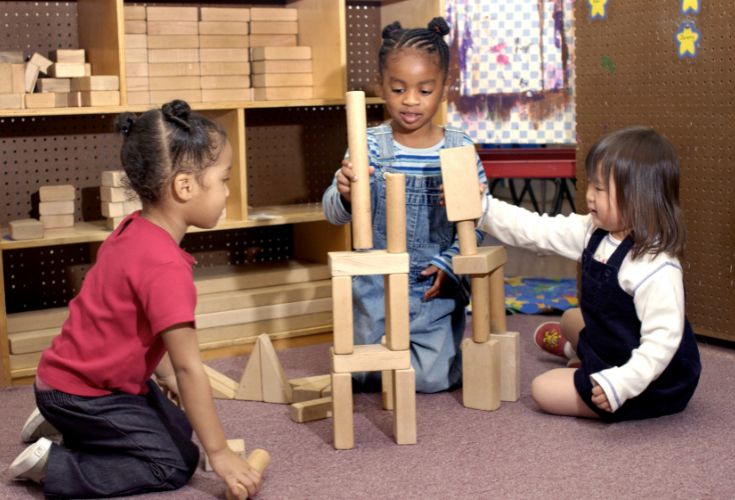In the imaginative world of children, a simple set of blocks can transform into a towering skyscraper, a majestic castle, or a futuristic city. Through hands-on STEAM activities for preschoolers, we encourage young kids to become mini architects, turning their dreams into designs and their curiosity into creations.

The Foundation of Mini Architecture
Mini architecture play starts with understanding the basics of building and design. Just like professional architects, our mighty mini architects learn about the importance of strong foundations, the role of different materials, and the beauty of diverse structures. From ancient pyramids to modern skyscrapers, we explore the architectural wonders of the world, inspiring children to appreciate the built environment around them.
Tools of the Trade: Technology and Engineering
In today’s digital age, technology plays a pivotal role in architecture. Our mini architects use building simulation games and architectural design apps to bring their visions to life. These digital tools are where children can experiment with design principles and see the immediate impact of their decisions.
Alongside technology, the hands-on construction of models using everyday materials teaches problem-solving and innovation. Whether it’s a bridge made of craft sticks or a cardboard castle, each project challenges young builders to think like engineers.
Artistic Expression in Architecture
Architecture is more than just function; it’s also a form of art. Encourage children to express their artistic side through building-themed art projects. Drawing famous buildings, crafting 3D models, or designing futuristic cities with mixed media allows kids to explore the aesthetic aspects of architecture. These activities foster creativity and fine motor skills, enabling children to communicate their ideas visually.
Click Here to Read Our LEGO Blueprint STEAM Activity
Math in Model Making
Behind every great building is a foundation of mathematical principles. Our mini architects learn about measurement, geometry, and spatial reasoning as they plan and build their models. Understanding scale and proportion helps turn a simple sketch into a detailed model. These mathematical skills are crucial, not just in architecture but in many aspects of daily life, making them an invaluable part of the STEAM curriculum.
STEAM is more than just a series of activities; it’s a way to build confidence, creativity, and critical thinking skills. By engaging in the design and construction process, children learn to see the world differently. They understand that buildings are not just places to live, work, or play but are also the result of human creativity and ingenuity.
Inspire the next generation of builders, designers, and dreamers by integrating science, technology, engineering, art, and mathematics, you can provide a holistic approach to learning that prepares children for the future while allowing them to have fun in the present.
So, let’s give our children the tools they need to build their dreams, one block at a time.
Join us on this exciting journey, and watch as our mighty mini architects create wonders with their imagination and creativity. Together, we can build a brighter, more innovative future for all.

Leave a Reply